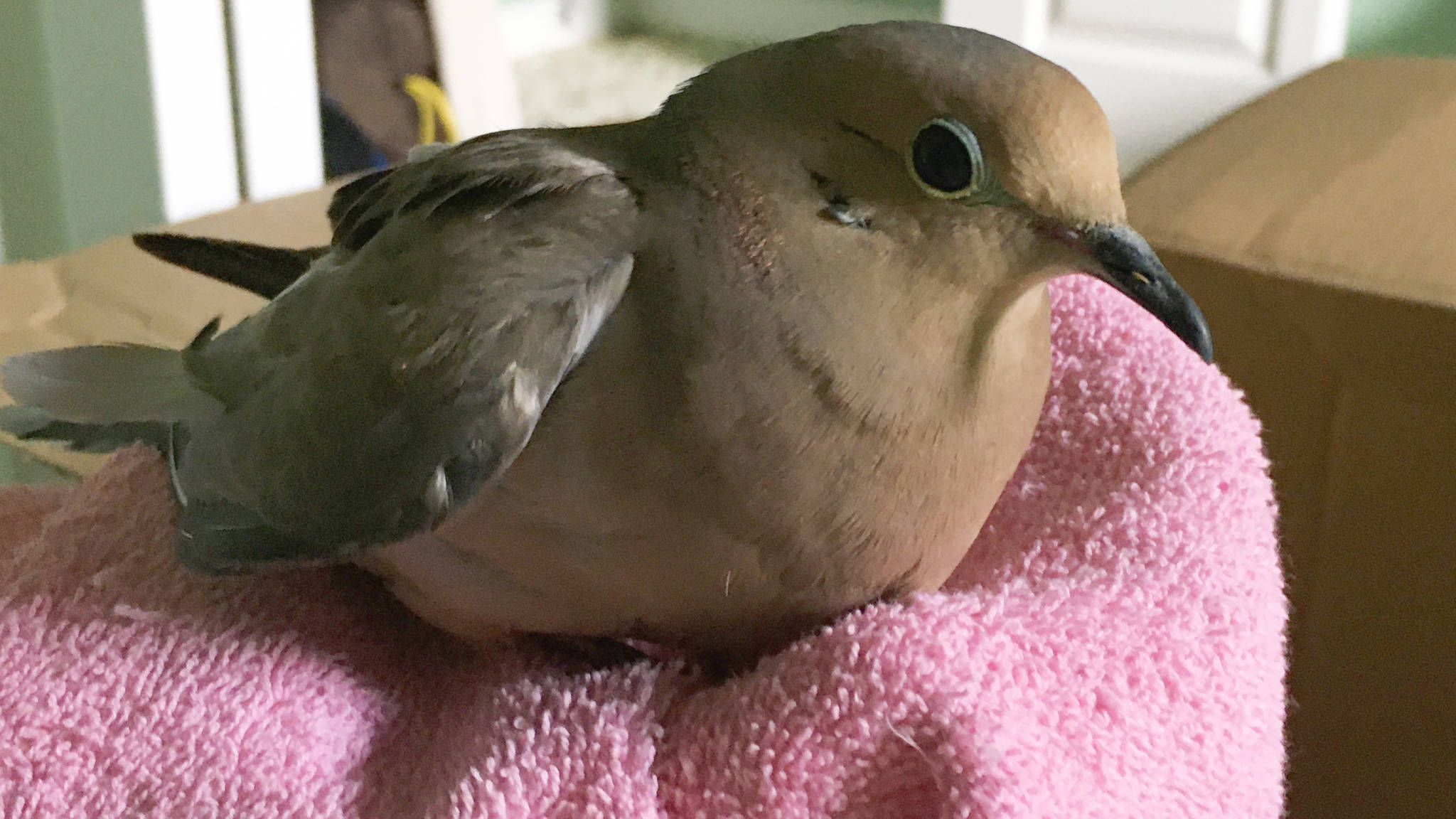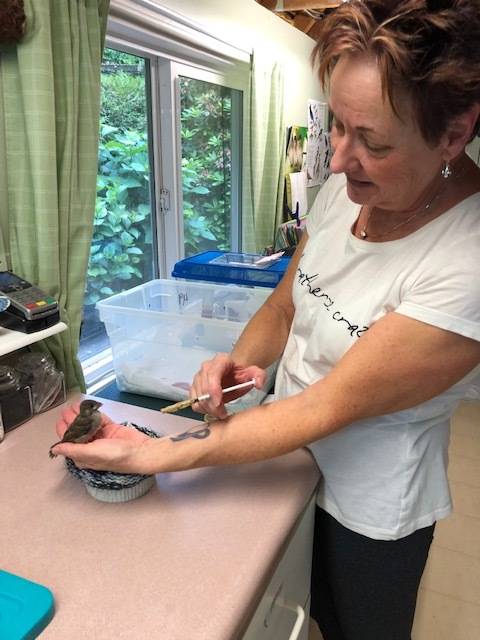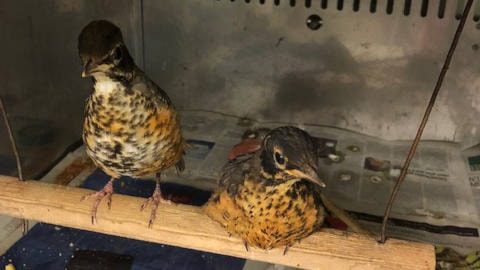My cats are murderers.
To put it more accurately, I’ve abetted my cats’ murderous instincts by letting them roam outside during bird nesting season. And while I may have yelled and cursed over my cats when they brought in a mourning dove, upon reflection it is really I, the human, who is to blame for the fate of this beautiful bird.
It was late afternoon last Saturday when I noticed both of my young cats acting very intrigued by an object in the next room. As I came closer, I saw the two had been playing with a tiny dove.
I sprung into action, snatching the dove from my cats, cursing them as I went, and putting it – as recommended by Google – in a warm, dark place, a cardboard box padded with towels.
A quick look over the bird and it seemed it was still alive without any life-threatening injuries or bleeding sores. Its wing, however, definitely looked injured. I realized I needed to bring the dove somewhere where it might have a fighting chance to be rehabilitated and released back into the wild.
In the back of my mind, I also wondered with horror whether this bird was a mother who had her tiny babies in a nest somewhere, now completely alone and defenceless.
The closest wildlife rescue to Hope is Elizabeth’s Wildlife Center in Abbotsford. In fact, Elizabeth’s is the only wildlife rescue organization between Burnaby and Kamloops.
The center, entirely volunteer-run and funded by donations, takes in around 1,000 wild animals each year. Fifty per cent of these are fully rehabilitated and released. The others, like my mourning dove, don’t meet the same fate. At the main problem, you guessed it, is free-roaming cats.
The bacteria cats have in their mouths – Pasteurella multocida – is deadly to birds, even the smallest scratch can be fatal without specialized antibiotic treatment. Those who aren’t found and taken to rehabilitation, explained Elizabeth Melnick, suffer prolonged pain, get attacked by maggots, and are dead within a week.
“Eighty per cent of our hundreds of animals we get a month are cat caught, whether it be bunnies, squirrels, opposums and birds especially,” said Melnick, a registered nurse and wildlife rehabilitator who has spent every day of the past 34 years caring for injured wildlife.
Read more: Elizabeth’s Wildlife Center’s rescue tips
The centre gets around 500 animals a month, and most at risk are babies. “Baby birds don’t leave the nest flying, they sit on the ground a few days and learn from the ground up…baby animals, bunnies, with their eyes closed cannot run away from a cat,” she said.
When I called back a few days later to check on the mourning dove, Melnick explained that an x-ray had shown irreparable damage and the bird had been euthanized. “It’s wing was shattered, we had to put it down,” she said.
Around the world and in B.C., cats are contributing to a massive decline in wild bird populations. A 2019 investigation by The Capital in Victoria found free-roaming cats on Vancouver Island were driving some species of songbirds to the point of extinction. “They were eating baby sparrows like popcorn,” the investigation bluntly stated.
The report stated that the population of birds across North America has declined by three billion, or one third since 1970. In Canada, cats kill between 100 and 350 million birds per year and they kill indiscriminately – whether it is a common bird or a nearly extinct species, the hunting instinct is the same.
And while nesting season is typically known to take place in the spring, Melnick said wild animals will have a second or third batch of babies throughout the summer. Cats should be kept inside “all year long” she said.
So do I make peace with being an accessory to murder, aiding and abetting my lovely felines in their quest for blood? For now they are indoors, until I answer this for myself. I know it’s a thorny question, one each cat owner will likely have a different answer to and to which many will have a strong reaction.
When I think of letting my cats roam I picture one night where they, full of joy and mischief, bounded around the yard under a nearly-full moon until long after the sun had gone down. At the same time I think of the dove, undoubtedly in shock, looking at me with wide eyes, its soft grey-brown feathers gleaming.
The BC SPCA, who also call for cats to be kept inside, say owners can keep their felines entertained by “feeding them with food puzzles, and playing with toys meant to mimic the movements of birds and mice.” Improvements to their indoor environment, including scratching posts, cat trees and places to perch and view the outdoors, can also keep the cats happy.
For cats with a strong desire to get outside, such as my two young ones, Melnick said the construction of a ‘catio’ can do the trick. As the name suggests, a catio is an enclosed outdoor space within which cats can roam and feel like they’re outdoors. Google one, cat lovers have built some pretty fancy, funky versions of catios for their indoor pets.
Without the means to build a decked out catio just yet, I’ll stick to the BC SPCA recommended cat walks. So feel free to say hi if you see what looks like a crazy cat lady walking her two black cats on the sunny side of Hope.
When she is not mulling over existential questions like whether or not to let her cats roam free, Emelie Peacock is the Hope Standard’s reporter. You can reach her directly at news@hopestandard.com.


